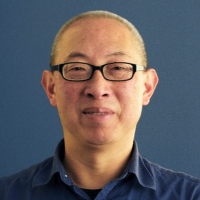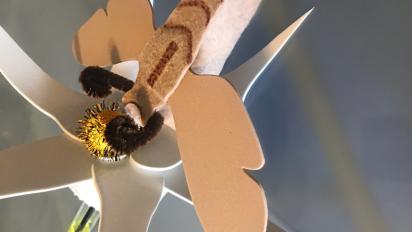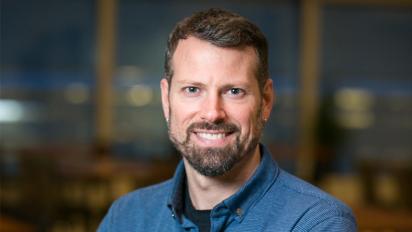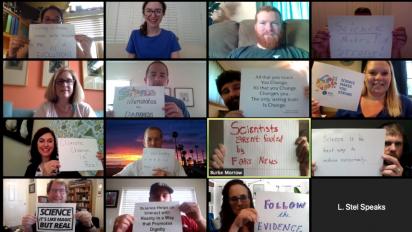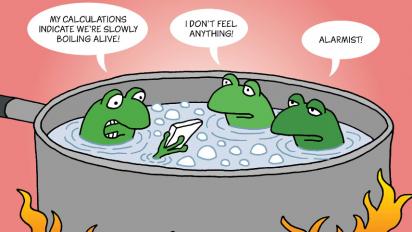Teaching science from a distance
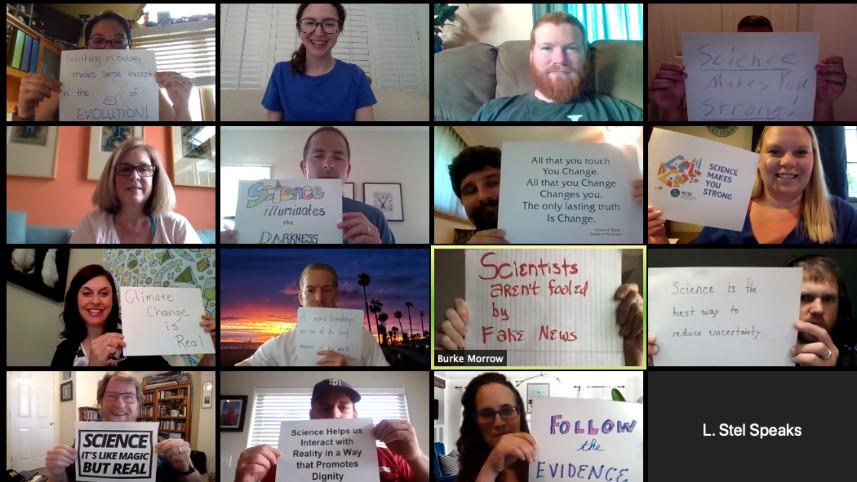
Blake Touchet is an award-winning biology teacher in Louisiana. He is a Teacher Leader Advisor working with the Louisiana Department of Education, a workshop presenter on behalf of among others the Teacher Institute for Evolutionary Science, and an integral member of NCSE’s Teacher Ambassador corps. Yet for all his accomplishments, one thing he has never had to do is teach online.
Until now.
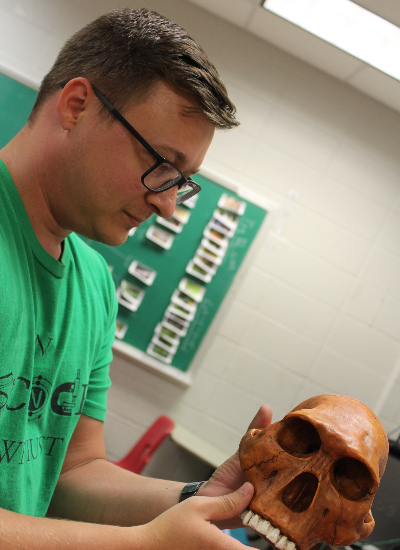 “It’s been a huge learning experience,” Touchet comments. “There are a lot of teaching practices that I typically do in my own classroom that didn’t or couldn’t translate well to online learning. But through trial and error, my students and I figured it out.”
“It’s been a huge learning experience,” Touchet comments. “There are a lot of teaching practices that I typically do in my own classroom that didn’t or couldn’t translate well to online learning. But through trial and error, my students and I figured it out.”
Touchet’s experience reflects what has seemed to be true for most if not all the NCSE Teacher Ambassadors—they were thrown headfirst into a new and challenging distance learning situation and figured out ways to make things work despite the many (and sometimes enormous) obstacles. We spoke with a number of Teacher Ambassadors in the spring of 2020, while school was still in session, to get a better sense of how they were approaching the difficult task of teaching their students from afar. Jeff Grant, who teaches biology and anatomy/physiology at Downers Grove High School in Downers Grove, Illinois, set up virtual office hours and created bite-sized lessons for his students, but still saw participation dwindle. “It’s like trying to help a kid when they’re out sick for a day,” Grant says. “Except now they’re all out sick, every day.”
Meanwhile, Touchet recognized that his students had other obligations—caring for siblings or working to stock shelves at the local grocery store in the rural community where he teaches—so he gave up on synchronous class time. Instead, he developed asynchronous learning opportunities so his students could engage when they had time. “I teach seniors and probably half of them moved to working full-time once school closed—they really were needed here in our small community to keep things running,” Touchet explains. “I just found the reality of a synchronous learning environment where I would sit down with them and hold a class every day did not work at all.” Andy Epton, who teaches earth science, environmental science, and astronomy at Gretna High School in Gretna, Virginia, had already constructed a website years earlier to help his students review for the state standardized test. Being able to point his students to that site eased the transition for them when it came to learning course content online. Epton was more concerned about the misconceptions his students seemed to be picking up when it came to COVID-19 and coronavirus. Before his school closed due to the pandemic, his students were inundated with misinformation—from the popular media, from one another, and from a host of other sources of questionable authority.
 “I got all sorts of questions from my students. ‘Is it true that alcohol can cure it?’ ‘Is it true that marijuana can kill it?’ I got that a few times.” Epton continues, “Once school ended for the year, I missed being able to correct their misconceptions, to clear their misunderstandings up.”
“I got all sorts of questions from my students. ‘Is it true that alcohol can cure it?’ ‘Is it true that marijuana can kill it?’ I got that a few times.” Epton continues, “Once school ended for the year, I missed being able to correct their misconceptions, to clear their misunderstandings up.”
Realizing that teachers around the country would likely run into these same kinds of issues, NCSE Executive Director Ann Reid and Director of Teacher Support Lin Andrews launched a weekly series of articles in March 2020 to explain the science behind the latest novel coronavirus and COVID-19 news. From documenting the reasons why vaccines take so long to develop to explaining how to determine the efficacy of social distancing, the articles are written in an approachable style and include interactive online resources that allow students to dig into the evidence and understand these developments for themselves. “We’ve all been surprised by the positive reaction to our coronavirus resources, not only from teachers but also from NCSE members and even our own friends and relatives,” Reid says. “Anyone who might have thought that most people aren’t interested in science should think again—when understanding science feels like a matter of life or death, people are hungry for clear, accurate, and trustworthy information.”
Andrews also began meeting online with the NCSE Teacher Ambassadors regularly, giving them opportunities to discuss their current situation with one another and offer advice on how to meet the challenges they face. Despite the summer break, the weekly gatherings continue. During this time, Andrews and the Teacher Ambassadors also work on a set of lessons on the nature of science they hope to have ready for the upcoming school year. Before tackling any business, Andrews starts each session with a chance for the ambassadors to share “good news”—celebrations of their weekly victories, from distance learning successes when they were teaching to effective parenting of their own families. “I feel it is extremely important for them to be able to unwind and say whatever is on their mind about current events,” Andrews explains. “I work hard to keep our meetings light and engaging for their own well-being.” Additionally, Andrews and Teacher Ambassador John Mead have set up a series of videoconference sessions with prominent scientists in the fields of evolution and climate change—under the punning title “Tea and Synapomorphy”—as a unique professional development opportunity meant to refresh and renew the teacher ambassadors.
NCSE’s Breaking Down Barriers program, meanwhile, is trying out new ways to do science outreach without the benefit of face-to-face interactions. Most notably, Director of Community Science Education Kate Carter has embarked on a collaboration with Charlie Kilman, who produces climate change awareness videos for his large YouTube following. Carter has arranged for the program’s Graduate Student Outreach Fellows to co-author scripts on topics that spring from their research priorities and work in the fellowship. The first video, shown below, which was released in early May 2020, focuses on the effects of climate change on biodiversity, using as examples the pollination of wildflowers in the Rocky Mountains, the damage wrought by the recent wildfires in Australia, and the fragile habitat of the honey-creeper, a bird endemic to Hawaii.
“Not only has it been a great opportunity for the fellows to learn about communicating science, but YouTube has enabled us to reach a broader audience than traditional outreach would have,” says Carter.
Ultimately, Touchet is optimistic about the prospects for teaching and learning in the fall of 2020, whether face-to-face or online. His advice to science teachers, should distance learning be the norm in the upcoming school year? First, to remember that great teaching resources already exist online. “Nothing needs to be recreated or reinvented.” Second, Touchet says, “Stay connected. I have a great network of biology teachers from all over the country that I talk with on a daily or a weekly basis who give me ideas, who I can bounce ideas off of, and who just help keep me hopeful in this time.” And, finally, “Do the best you can, stay flexible, be compassionate, and reach out for help if you need to.”
This article has been modified slightly from its original print format.

